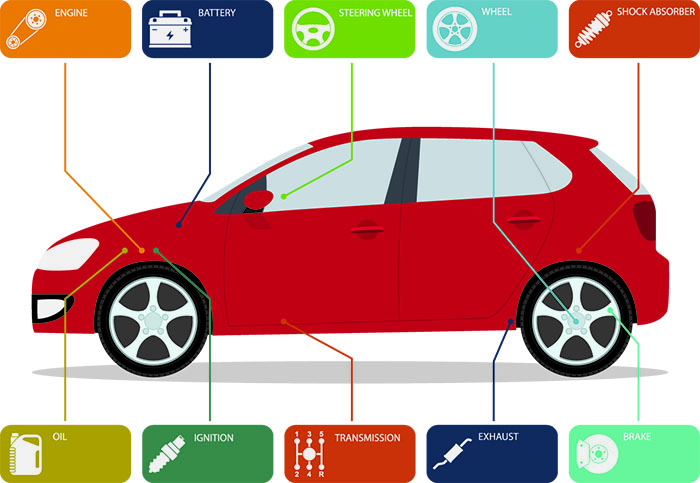Most of us wake up each morning, not realizing that our professional world has changed even as we slept. Our first job of the day is to service a vehicle equipped with an oil life monitor. Not only do we discover that modern oil life monitors can indeed accurately predict oil life, we also discover that some models need special tooling to reset their oil life monitors. And many vehicles now require application-specific engine oils and better oil filtration to meet the oil life expectancy programmed into the oil life monitor.
To understand how technological advances like extended oil change intervals can impact our service market, let’s do the math. Instead of seeing our customers four times per year for a 3,000-mile oil change, we might see them only once each year for a single 12,000-mile oil change. To extend the math, we have two choices: we either increase our customer base by a multiple of four, or we can spend precious marketing dollars to increase our revenues by a multiple of four. In reality, we’ll still be dealing with a mix of old and new technology, so we’ll likely find ourselves doing a little of both. See Photo 1.
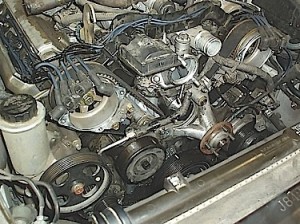
LOSING TOUCH
A very noticeable effect that extended maintenance intervals are having on our service market is that owners appear to be losing touch with the maintenance requirements of their vehicles. The public perception of motor vehicles is moving away from status symbol to household appliance. We might find that many owners expect their vehicles to run as quietly and with as little maintenance as their kitchen refrigerator. So, we now have a whole generation of motorists who seem to no longer understand what a glaring oil level warning light or the death rattle of a broken timing chain guide might mean.
To get a better idea of how your customers are maintaining their vehicles, try estimating how much oil you’re draining from their engines. Assuming a five-quart capacity, do you typically drain four, three or two quarts of oil from the engine? If you’re draining only a few quarts of oil from their engines, your customers are obviously not checking their engine oil, which is still another reason why we need to change both our service policies and our marketing strategies. See Photo 2.
DEMOGRAPHICS
Regional demographics are another factor affecting your marketing strategy. To get a better picture of your marketing area’s economics, type “demographics” for: (county/state) into your search engine. Demographic data usually includes average family incomes and home prices, which indicates the relative affluence of your service area. By interpolation, the more affluent the buyer, the newer the vehicle, while the less affluent the buyer, the older the vehicle. Similarly, the newer the vehicle, the less maintenance and repairs required, and the older the vehicle, the more repairs and maintenance required. Of course, by the time the vehicle reaches its third or fourth owner, the more likely it will drop out of the retail service market altogether.
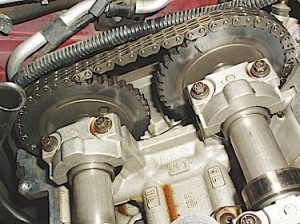
AVERAGE VEHICLE AGE
Estimating the average vehicle age in your market area can be extremely important to understanding your customers’ vehicle maintenance needs. While the average vehicle age is about 11.5 years old on a national basis, the average age for vehicles in Rust Belt areas might be as little as half the national average. In arid desert climates, the vehicle age might easily be twice the national average.
Another factor affecting the average age of vehicles might be the free maintenance plans offered with new vehicle purchases by dealerships. Given an average new-car warranty period of 36,000 miles or three years, the average independent shop might not see a 2015 vehicle for any type of service until 2018. Since new-car maintenance plans tend to postpone when we might see newer vehicles in our service bays, the average age of our local vehicle fleet will trend toward older vehicles. See Photo 3.
EMERGING MARKETS
We know what the old market was — oil changes each 3,000 miles, drive belts and coolant hoses every 50,000 miles, brake pads every 20,000 to 50,000 miles, timing and accessory drive belts every 100,000 miles, a new battery every four years, and several new exhaust systems during the life of the vehicle, just to mention a few. In short, we’re used to seeing vehicles returning to the shop at least four times per year for a variety of reasons.
But let’s take a look at the service opportunities for 2015 vehicles. Thanks to better oil, filters and on-board electronics, oil changes have generally been extended up to 12,000 miles. Although drive belt life has been greatly extended by EPDM rubber, changing belts at 100,000 miles might also reveal worn alternator decoupler and idler pulley bearings. Brake life will probably be about the same, unless you’re driving a hybrid or electric vehicle that uses regenerative braking that quadruples brake life. But, even at that, a pad replacement more often than not requires replacing the original lightweight brake rotors.
Since timing chain life has been extended by modern engine oils, we’re seeing a return from rubber timing belts back to metal timing chains. On the one hand, timing belts were a predictable “gravy job” maintenance repair. On the other hand, many timing chains suffer from chain guide or chain tensioner breakage, which means that the cost of the repair will now be in multiples of a typical timing belt replacement.
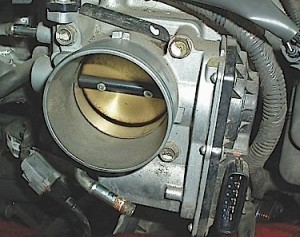
Exhaust system replacement has gone virtually the way of the dinosaur due to heavy-gauge stainless steel exhausts now in service. In addition, absorbed glass mat (AGM) batteries are expected to have much longer service lives than conventional flooded-cell batteries. Last, but not least, the very durable EPDM rubber used in modern coolant hoses and other rubber parts of modern vehicles is infinitely more durable than the rubber parts of 20 years ago. So, it’s not unusual to see vehicles approaching 200,000 miles on the odometer to be running on the original coolant hoses and belts.
ADAPTIVE STRATEGIES
In business, an adaptive strategy allows us to meet the changing needs and demands of our customer base. Let’s remember that customers, although they don’t know how to check their engine oil, always want their cars to run perfectly each day. Although the technicalities of maintaining vehicle reliability are beyond the range of understanding for most motorists, it’s our job to prioritize maintenance issues to make them more manageable and affordable for the vehicle owner. See Photo 4.
SCHEDULED MAINTENANCE
During the past two decades, it’s become apparent that good service advising is an essential element to every maintenance-marketing plan. If you or your service writer is dealing with a regular customer, it’s a good idea to use his vehicle’s owner’s manual to determine the baseline service needs of his or her vehicle.
While we’re reading the owner’s manual, let’s not forget that the steering linkage and suspensions on many 10-year-old vehicles still need to be greased — at an extra cost, of course.
In addition, if you’re missing recommended tire rotations and inspections for AWD vehicles, you’re missing an essential sales opportunity to check brakes, steering and suspension needs. On the modern vehicle, correct tire maintenance is also required for good ABS and electronic stability control (ESC) operation. Some manufacturers recommend brake fluid flushes and powertrain fluid changes for those vehicles experiencing what the owner’s manual refers to as “severe service.”
Generally speaking, the first 50,000 miles of a vehicle’s service life are relatively trouble-free. Beyond that, the lube bay technician should be inspecting visibility items like windshield washers, wipers, external lighting, as well as the tires, brakes and batteries. Given the convenience of modern conductance battery analyzers, it takes only a few minutes to find a battery that will leave the car owner stranded in a shopping mall parking lot.
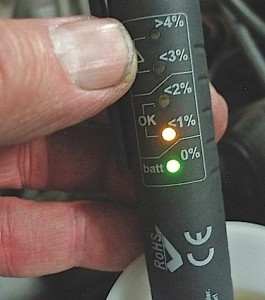
Brake, tire and wheel service problems are probably the most profitable for any service shop. For that reason, many independent repair shops are now offering tire sales and services to keep the lucrative wheel services market under their roofs. Another option for retaining customers is to offer free underhood oil level and fluid checks. Not only will they keep you and your customers on a face-to-face basis, they’re easy to do and can lead to even more service sales.
MARKETING
Because we’re in the complicated era of internet marketing, I hesitate to recommend any single marketing plan to any independent shop. The time-honored “word of mouth” advertising still works for many. Newspaper and radio ads might work in some demographic areas, but not in others. Social media is a wide-open market and is definitely a double-edged sword if customers post negative reviews of your business. For that reason, social media requires a daily interaction with your customers and might also require good communication and remediation skills.
To read the opinions from some of the best in our business, check out the Shop Management Forum on the International Automotive Technician’s Network (iATN). It’s an easy way to not only learn about the pros and cons of the latest marketing methods, but also keep up with the technical changes that affect our day-to-day professional lives.

